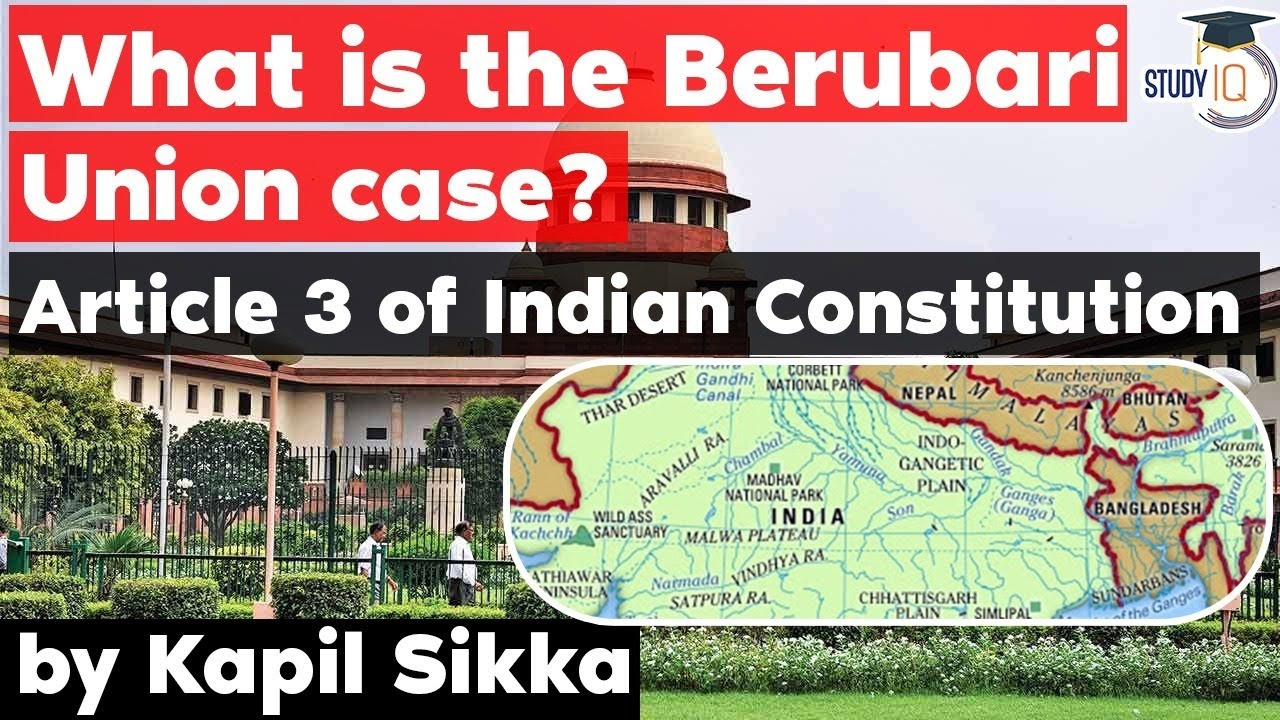Why is Chile such a weird shape? (Short Animated Documentary)
Summary
TLDRChile's unique shape is a result of historical conquests and territorial disputes. Initially conquered by the Spanish in the 16th century, Chile became independent with unsettled borders. Conflicts with Peru and Bolivia led to wars, where Chile expanded its territory, including the strategic Strait of Magellan. Diplomatic resolutions and the influence of the United States shaped Chile's current borders, with Argentina gaining most disputed lands, and Chile retaining its southern claims, reflecting a nation molded by strategic military and political maneuvers.
Takeaways
- 🌏 Chile's unique shape is a result of historical conquests and territorial disputes.
- 🏰 The Spanish conquest in the 16th century initially sought gold and silver but led to the establishment of Chile as an administrative division.
- 🏹 Chile's borders were not initially settled, leading to conflicts with its neighbors after gaining independence.
- 🛡️ Chile's fear of the Peru-Bolivia Union led to the War of the Pacific, which Chile won with Argentine support.
- 🏰 Chile expanded southward to secure the Strait of Magellan, building forts and towns to solidify its presence.
- 🤥 The self-proclaimed 'King' of Araucanía, a Frenchman named Antoine, was ousted by Chile after falsely promising military support to the Mapuche people.
- 🤝 Chile's territorial gains from Peru and Bolivia during the War of the Pacific were recognized by Argentina in exchange for land concessions.
- ⛰ The Andes mountain range played a strategic role in Chile's territorial concessions to Argentina, due to the difficulty of maintaining control over the area.
- 🏴☠️ A secret alliance between Peru and Bolivia, rejected by Argentina, led to Chile's invasion of Bolivia over mineral rights disputes.
- 🗺️ Diplomatic resolutions and U.S. arbitration helped shape Chile's current borders, including the contentious territories with Argentina and Peru.
- 🎖️ Chile's territorial history is marked by strategic military actions, alliances, and diplomatic negotiations that have defined its present-day shape.
Q & A
Why is Chile's shape considered odd?
-Chile's shape is considered odd because it is over 4,300 kilometers long, making it the longest north-to-south country in the world, but it is only about 350 kilometers wide at its widest point.
When were the lands that are now Chile conquered by the Spanish?
-The lands that are now Chile were conquered by the Spanish in the 16th century.
What was Spain's initial expectation of Chile in terms of natural resources?
-Spain initially expected Chile to be filled with gold and silver, but instead, it was populated by people who were resistant to Spanish rule.
How did Chile become an independent nation?
-Chile became independent when the Spanish Empire fell apart, and it established its own administrative borders.
What led to the conflict between Chile and its neighbors after independence?
-Conflicts arose due to Chile's territorial claims, which led to disputes with its neighbors, particularly when Peru and Bolivia united, posing a threat to Chile.
Why did Chile invade the territory of Araucanía in the south?
-Chile invaded Araucanía to seize the Strait of Magellan and secure a route between the Pacific and the Atlantic, as well as to expand its territory.
Who was declared the high King and ruler of the independent state of Araucanía by the Mapuche people?
-A Frenchman named Orlléans, known as 'Caupolicán', was declared the high King and ruler of the independent state of Araucanía by the Mapuche people.
How did Argentina become involved in the conflicts between Chile and its neighbors?
-Argentina saw an opportunity during the conflicts and pressed Chile to settle border disputes, with Chile conceding land to Argentina to keep them neutral.
What was the outcome of the secret alliance between Peru and Bolivia against Chile?
-The secret alliance led to a conflict over mineral rights, resulting in Chilean troops invading Bolivia and eventually winning the war, taking territory from both Bolivia and Peru.
How did the United States play a role in resolving the territorial disputes between Chile and Argentina?
-The United States arbitrated the territorial disputes, deciding that Argentina would gain most of the contested land, while Chile would receive a smaller portion.
What was the final outcome for the disputed territories involving Chile, Argentina, and Peru?
-Argentina gained most of the disputed land, Chile received a smaller portion, and Chile was pressured by the United States to return a chunk of land to Peru to prevent a war.
Outlines

This section is available to paid users only. Please upgrade to access this part.
Upgrade NowMindmap

This section is available to paid users only. Please upgrade to access this part.
Upgrade NowKeywords

This section is available to paid users only. Please upgrade to access this part.
Upgrade NowHighlights

This section is available to paid users only. Please upgrade to access this part.
Upgrade NowTranscripts

This section is available to paid users only. Please upgrade to access this part.
Upgrade NowBrowse More Related Video

Berubari Union Case Article 3 of Indian Constitution - Punjab Judicial Service Exam, WB PSC Judicial

Algeria & Morocco: the world's most self-destructive rivalry

KONFLIK ISRAEL-PALESTINA | Sejarah Peminatan | SMA Negeri 1 Teras

INILAH WAKTU mewujudkan ISRAEL RAYA. AMBIL SEMUA WILAYAH SEKITAR

Pahelgam Incident | Sikh Community Declares War Against India? PAK-IND Conflict | Modi Exposed | GNN

Kunci Jawaban PPKN Kelas 10 Halaman 196 Uji Pemahaman Bagian 4 unit 3 Kurikulum Merdeka
5.0 / 5 (0 votes)